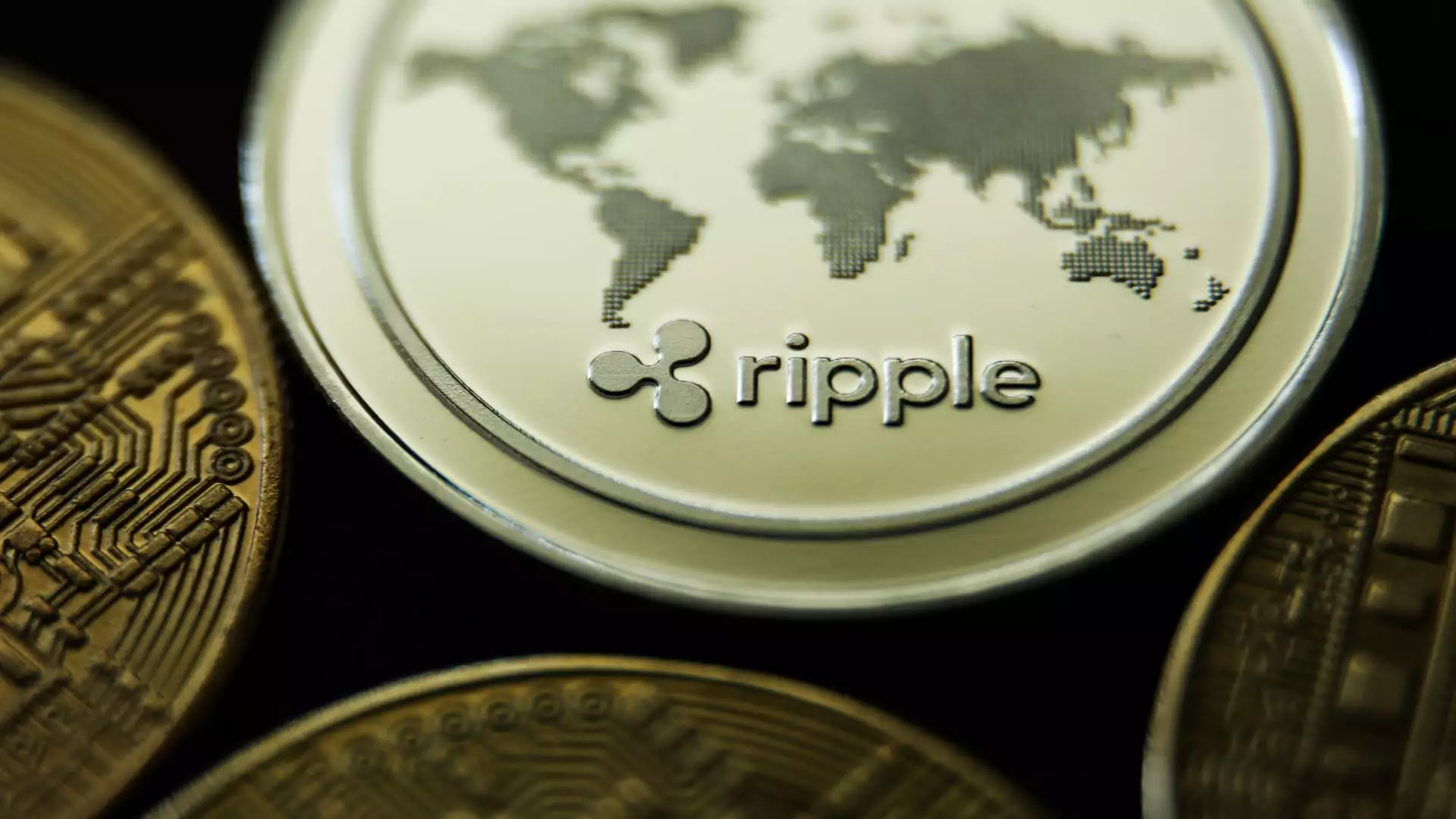In an era where cryptocurrencies are gaining traction and mainstream acceptance, Ripple has taken a substantial step forward by entering the crypto custody market. Launched on Thursday, Ripple Custody aims to provide secure storage solutions for banks and fintech firms, joining a growing list of companies offering digital asset custody services. This article explores the implications of Ripple’s new venture, its competitive positioning, and the future outlook for digital asset custody as a rapidly evolving industry.
Ripple, known primarily for its cryptocurrency XRP and its payment settlement network RippleNet, has temporarily shifted gears to focus on crypto custody. The launch of Ripple Custody marks the company’s first significant effort to consolidate its custody offerings under a unified brand. With features like pre-configured operational settings, integration with the XRP Ledger blockchain, and a comprehensive user interface, Ripple is laying the groundwork to capture a share of the burgeoning crypto custody market.
This sector is pivotal for the secure management of digital assets, which necessitates safeguarding private keys—essential for accessing and conducting transactions with cryptocurrencies. While many players in the custody space, such as Coinbase and Gemini, currently dominate the market, Ripple’s established reputation in digital currency transactions may offer it an edge. Through its advanced custody solutions, Ripple endeavors to attract clients looking for secure and efficient ways to manage their digital assets.
Forecasts indicate that the crypto custody market could reach a staggering $16 trillion by 2030, highlighting the demand for trusted custodians in managing cryptocurrency and digital tokens. Ripple’s announcement comes at a time when its own fortunes seem intertwined with the regulatory landscape and public perception surrounding XRP. With an impressive year-over-year growth rate of over 250%, Ripple Custody is capturing attention, with prominent clients including HSBC and Societe Generale.
The firm’s investment in technologies like tokenization further broadens its appeal. By enabling the tokenization of real-world assets—such as fiat currencies, commodities, and real estate—Ripple is positing itself as a forward-looking player in the digital finance ecosystem. Through the utilization of its native decentralized exchange, Ripple aims to streamline asset trading, making processes faster and reducing fees, thus aligning with the broader movement toward decentralization in finance.
Ripple’s recent acquisitions, including the crypto management firm Metaco and the Standard Custody & Trust Company, are strategically aligned with its goal of strengthening its custody capabilities. By bolstering its operational infrastructure, Ripple is better positioned to provide comprehensive services that encompass not only secure storage but also payments and regulatory compliance. This multifaceted approach is essential in instilling confidence among institutional clients, who often have stringent needs when it comes to asset management.
However, Ripple’s journey into the custody space is not without challenges. The company faces a complex regulatory environment, particularly concerning its own cryptocurrency. The Securities and Exchange Commission (SEC) has filed an appeal regarding the status of XRP, which has led to volatility in its price. The regulatory uncertainty surrounding XRP may potentially cast a shadow on Ripple Custody’s growth prospects, especially as potential clients assess the implications of working with a company embroiled in legal scrutiny.
Ripple is clearly making a calculated move with its entrance into the crypto custody sector, presenting new opportunities amid an evolving financial landscape. As more traditional financial institutions explore the digital asset world, the significance of reliable custody solutions becomes paramount. Ripple has laid a solid foundation with the launch of its custody services, but to thrive, it must navigate the intricate dynamics of regulation and market competition.
Ultimately, Ripple’s proactive strategy reflects a keen understanding of the digital asset ecosystem’s direction—an ecosystem increasingly moving toward tokenization and decentralized finance. As Ripple Custody evolves, it will be interesting to observe how the company balances its custody ambitions with the ongoing challenges posed by regulatory scrutiny concerning XRP.


Leave a Reply